How To Write A Natural Birth Plan {And Why You Need One} + A Free Template!
A birth plan can make a huge difference in the success of your natural birth. Read on for my thoughts on why a natural birth plan is important, the things you need to consider before going in to labor, and how to write your own customized natural birth plan.

This post may contain affiliate links, which means that I make a small commission at absolutely no extra cost to you. Read my full, boring disclosure here.
Why Is It Important To Have A Birth Plan?
If you’ve decided to have a natural, unmedicated, low intervention delivery, chances are you have some very specific things on your list of what you do and don’t want during the birth. It’s a great idea to have all of those plans that are in your head written out on paper. You’ll have it in your hand to go over with your doctor and support people so that everyone is clear on what you’d like from the get go. No confusion. Everyone on the same page.
Plan: An Intention
I think the definition sums it up perfectly. An intention or decision about what one is going to do. Because in reality that’s what a birth plan is. It’s what you intend to happen but definitely not a guarantee that the birth will go as planned. So it’s really important to be flexible and realize there’s a good chance things won’t go as planned.
It’s a really good idea to include your preference for any situation that could arise rather than trying to make difficult decisions in the heat of the moment and during the pain of contractions. I promise, at that point you’ll be happy that you already made those decisions!
So let’s go over some important things to consider and decisions to make BEFORE you go in to labor so you can have as close to your natural birth dream as possible.
>You can get the free birth plan template from my resource library. If you need the password, you can get it by filling out the form below to sign up for my mailing list. I also include the password at the bottom of nearly all of my emails so there’s no need to sign up twice!<
Hospital vs. Birth Center vs. Home Birth
First thing to think about and decide is where you would like to have your baby delivered. Personally, I really wanted to do a home birth but since it was my first child I didn’t feel comfortable being so far from a hospital in the case of an emergency.
Home Birth With A Midwife
A home birth with a midwife will by far give you the most freedom. You’re the boss and in complete control. Want to get in the shower? Go right ahead. Want to crawl around the bedroom on your hands and knees? Have at it. You get the idea. Be sure to check state laws if you’re looking in to a home birth as there are some states that don’t allow them.
Birth Center
A birth center is kind of the best of both worlds in my opinion. You have most of the freedoms that you would at home but with quick access to modern medicine if there’s an emergency.
Depending on your location, financial circumstances, health insurance, etc. a birth center may not be a viable option. If that’s the case, but you’re set on a natural labor and delivery in a hospital scenario, be very specific and ask all the questions for situations that could arise during the course of your labor.
Hospital Birth
If a hospital birth is what you’re most comfortable with or if for some reason it’s your only option, don’t give up on your dreams of a natural, low intervention birth experience! Many hospitals are revising their policies due to the increasing demand for more freedom and options during labor and delivery. Many even have midwives on staff!
*Note – I’ve seen people recommend that if you want to have a natural birth but need to deliver at the hospital for some reason, labor at home as long as possible. By the time you get to the hospital, there is very little time left for intervention.
The obvious risk with this method is the chance of having the baby in the car. It all boils down to what you’re comfortable with.
Natural and Low Intervention Birth Considerations
If you’ve ever had a baby then you know, there are so many decisions to be made! You have to decide on everything from small things like what to pack in your hospital bag to the heavy stuff like to accept or decline the Vitamin K shot for your newborn.{some states require it and some don’t}
Here’s my big huge list of all the things I believe are worth putting in the research and deciding what you’d prefer before you go in to labor. I’ll add a few thoughts and options for each below.
- Mother receiving Tdap vaccine while pregnant
- Rhogam in the case of Rh Factor
- Pain management: comfort measures, tens machine vs. analgesics-narcotics, local anesthetic, epidural, spinal
- Cervical checks during labor
- Fetal monitoring: internal vs. external
- Episiotomy vs. natural tear
- Alternative birthing positions – lying on your back is NOT the best position for most women having a natural birth
- All options to get labor rolling before a c section becomes necessary: changing positions, walking, pitocin, scraping membranes/breaking water
- Delayed Cord Clamping vs. Immediate
- Cord blood banking
- Immediate skin to skin
- Bathe baby right away or delay bath and rub in vernix
- Natural placenta delivery vs. pitocin for placenta delivery
- Saving placenta for encapsulation or other reasons
- Infant Hep B vaccine
- Infant Vitamin K shot
- Infant Eye Prophylaxis
- Newborn Screening
- Infant rooming in or in nursery
- Breastfeed vs. formula
- Circumcision
- Use of pacifier
I also was specific about some unhelpful language and “assistance” that I wanted those attending the birth to avoid. It’s a good idea to be specific but tactful. Attitude is very important when discussing your preferences with a doctor, midwife, or hospital staff.
For my birth plan/preferences, I did sections for what I did or didn’t want if everything continued low risk, what I was ok with if more intervention was necessary, and what I preferred in a worst cast scenario. I go over how I filled my natural birth plan out in the video below.
Mother Receiving Tdap While Pregnant
Vaccines are a very controversial topic for sure. It’s one I’d rather stay far away from since I’m not one for debates. I’m a huge proponent for informed consent though, so I do think there are a few things worth mentioning.
The American College of Obstetricians and Gynecologists recommend every pregnant woman to get a Tdap vaccine between 27 and 36 weeks of pregnancy. They say “The Tdap shot is an effective and safe way to protect you and your baby from serious illness and complications of pertussis.” The theory is that the mother will make antibodies and pass them to the infant while it’s still too young to be vaccinated.
If you put forth the time and effort to read the vaccine inserts for the two Tdap vaccines available, Boostrix and Adacel, they clearly state that,”There are no adequate and well-controlled studies in pregnant women.”{Boostrix} and also, “It is also not known whether Adacel vaccine can cause fetal harm when administered to a pregnant woman or affect reproduction capacity.” {Adacel}
I strongly recommend that you do your own research and make your own educated decision for yourself and your family. It can be frustrating to search for facts and find mostly opinions and propaganda, but the information is there if you dig deep enough.
***I pass no judgment on those who decide to either vaccinate or not vaccinate. The main thing I want is for people to be allowed to have the facts and choose for themselves and their families. Something that comes with such risk should NOT be mandatory.
Rhogam for Rh Negative Mothers
Rhogam is an injection made from human plasma {part of the blood}. The Rh factor is designated by either the positive or negative that comes after the letter of your blood type. For instance someone who is AB+ is Rh positive but someone who is O- is Rh negative. 85% of people are Rh positive and will have no issues or concerns. {source}
It can be very confusing but the concern comes when a mother with Rh negative blood and a father with Rh positive blood have a baby. There’s a chance that the baby will have a positive blood type while the mother carrying her has a negative blood type. When pregnant or during delivery, there’s a chance that a mother and baby’s blood will mix in very small amounts. If the mother is negative and the baby is positive, it can cause antibodies to be made that will attack positive blood in subsequent pregnancies and lead to problems.
If your doctor is willing to work with you, they can find out your baby’s blood type after it’s born to confirm whether or not she has a positive blood type. If the baby is negative as well, there’s no danger to subsequent pregnancies and no need for Rhogam.
If both mother and father have a negative blood type there’s no need for Rhogam as the baby will also have a negative blood type. {Source}
Pain Management/Comfort Measures
Comfort measures are a huge component of a successful natural birth without the use of systematic medications or regional anesthetics. If you can find a comfort measures class in your area, they can be extremely helpful to go to. My husband and I took one and I was so glad that we did.
Comfort measures range from soothing music to a relaxing shower to rocking back and forth on your hands and knees. Sometimes it can be as simple as a distraction to give your mind something to focus on besides the pain of contractions. Massage and counter pressure can be especially helpful as well.
Other options to consider are aromatherapy, changing positions, a hot shower, and a birthing ball {one of my personal favorite comfort measures}.
*Tip: Try going to the bathroom…emptying your bladder can help!
Cervical Checks During Labor
While cervical checks are a standard part of birth, unnecessarily frequent checks can be counter intuitive and discouraging. Imagine you’ve been laboring for what seems like forever and after your cervical check the nurse says that you’re “only 3 centimeters” and you “still have a long way to go”.
It’s up to you and what is most helpful to you as an individual. I preferred to keep cervical checks to a minimum and instead focus on relaxing through contractions and keeping it positive.
Internal Vs. External Fetal Monitoring
During a hospital birth, nurses will do regular fetal monitoring to ensure all is going well. They will monitor your baby’s heart rate as well as the frequency and duration of your contractions.
Typically external monitoring will be sufficient and you can request that it be used unless absolutely necessary. Some hospitals even have wire free monitors that give you the freedom to still move around and utilize comfort measures such as walking, showering and using a birthing ball.
If internal monitoring becomes necessary, they’ll attach a small wire to the baby’s scalp which requires your water to be broken first.
Episiotomy Vs. Natural Tear
While episiotomy used to be a routine procedure during labor that was believed to help the vaginal tissues stretch, it’s now known that episiotomies can actually cause more severe tearing than delivering without an episiotomy.
That’s not to say that there aren’t times that an episiotomy would be needed and recommended but it typically is no longer routine procedure.
Alternative Birthing Positions
For many woman choosing an unmedicated birth, lying on her back in a bed is going to be the least comfortable and most difficult position to give birth in.
Upright birthing positions can be helpful and include: hands and knees, kneeling, standing with support from a partner, and squatting. During my labor with a {unknown} breech baby, upright was the only position I could be in. Trying to sit or recline put so much pressure that it was unbearable! But as soon as I changed back to kneeling, it was instant relief.
“(MRI) studies have shown that compared to the back-lying position, the dimensions of the pelvic outlet become wider in the squatting and kneeling or hands-and-knees positions.”{source} I think that’s pretty cool!
Other positions to try include: side lying {can help tissues stretch instead of tear}, sitting on a birthing ball, and rear facing on toilet.
One key is to move around. Especially if your labor seems to be stalling, a simple change in position or movement can help things start progressing again. Plus, moving around can help you get more comfortable. Rocking back and forth and swaying can also be very comforting motions, at least they were for me!
I know it feels so silly, but try out some different positions as if you were in labor. If it feels pretty comfortable and relaxing when you’re pregnant and close to the end of your term, chances are it may be a good position to try during labor.
Ways To Progress A Stalled Labor
Facilities typically have a limited amount of time that they’ll allow you to labor without seeing “progress”. Which could mean an increase in dilation, more frequent or intense contractions and so on. Some sign that the labor is progressing and getting closer to delivery.
It makes sense. Stalled labor can lead to fetal distress and no one wants that! If your labor seems to stall out, the doctor can give you pitocin to ramp it back up again or they could break your water if it hasn’t broken already. Getting up and moving around, changing positions or walking (if allowed) can also help get things going again.
Delayed Cord Clamping vs. Immediate Cord Clamping
Delayed Cord Clamping is when the cord isn’t clamped and cut immediately but instead is delayed anywhere from seconds to around five minutes. Typically for delayed cord clamping the doctor will wait until the cord has stopped pulsing before they clamp and cut it.
How is delayed cord clamping beneficial? According to The American Pregnancy Association, “…an increase in placental transfusion, a 60% increase of RBCs and a 30% increase in neonatal blood volume.
Another advantage of DCC is the decreased risk of iron deficiency anemia. By performing DCC, an additional 40 to 50 mg/kg of iron transfers to the newborn, which reduces the risk of the baby suffering from the severe side effects associated with iron deficiency.”
There are also some risks that could be associated with DCC. The above link has tons of valuable information and is a great source to research and decide what is best for you and your baby.
Cord Blood Banking
What is cord blood banking? After your baby is born, cord blood and tissue can be collected and stored in a bank for potential future use.
Cord blood and tissue has so much potential for treatment of over 70 different diseases. I won’t go into all of it here but follow this link to the American Pregnancy Association to read about cord blood banking and what it’s potentials are.
Its rather expensive but if you have known health conditions that run in your family, it could be well worth the investment!
Immediate Skin To Skin
“Evidence supports immediate, uninterrupted skin-to-skin care after vaginal birth and during and after cesarean surgery for all stable mothers and babies, regardless of feeding preference. Unlimited opportunities for skin-to-skin care and breastfeeding promote optimal maternal and child outcomes.” {Source}
Immediate skin to skin has major benefits for both baby and mother including increased oxytocin production {aka the “cuddle hormone”}, reducing stress, and having a huge boost for the success of breastfeeding. The source I linked to in the last paragraph has way more information than I could write here so go check that out if you’re interested in some of the scientific research about immediate skin to skin.
Bathe Baby Or Delay Bath
Vernix is some amazing stuff! I knew that vernix was beneficial to rub in to a newborn’s skin instead of washing it off, but I had never actually read the scientific info on it. It’s so cool!
Vernix provides a barrier in utero, helps regulate temperature after birth, moisturizes a newborn’s skins, and has antioxidant and anti-infective properties among other things. If you want to read a long scientific journal article about it, check out this article. It’s kind of mind blowing!
Pitocin For The Third Stage Of Labor
There are two different approaches to the stage of labor immediately following delivery: expectant management vs active management. Basically expectant management is hands off and letting things progress naturally whereas active management is doing things to speed up the process. Kind of like reactive{expectant management} versus proactive{active management}.
Active management includes early cord clamping and cutting, holding tension on the cord while waiting for the placenta to be delivered, and using a medication such as Pitocin to control bleeding and prevent hemorrhaging.
There are risks and benefits to both approaches to the third stage of labor so definitely do your research and talk with your doctor on that one. It’s so helpful to get this stuff out in the open with your doctor especially if you have strong feelings one way or the other. This is an article from American Family Physician talking about studies and what they have shown on both methods of management.
Saving Placenta
Many women want to keep their placenta for something such as encapsulation or even to eat raw in smoothies or cooked in pizza or lasagna. But what is placenta encapsulation and why would anyone want to do that?
Consuming the placenta is a very old custom specifically in Chinese medicine. You’ll see the majority of “reputable” health authorities say that there’s absolutely no benefit, but yet there are hundreds of thousand of testimonials from women who say it helped them. But what are these mysterious benefits you say?
The American Pregnancy Association has a list of potential benefits as seen by “traditional and holistic medical customs” that include:
- increase in oxytocin, aka the cuddle hormone
- increase in the stress reducing hormone CRH
- less postpartum depression
- quicker bounce back of iron levels
- higher breastmilk production
Now personally, I really think the whole concept is disgusting and don’t think I could ever bring myself to consume my placenta. But think about this, all land mammals {to my knowledge} consume their placenta after birth. I do believe that we have a creator who perfectly orchestrated every aspect of life. As such, it really makes me wonder if our placenta was designed to be exactly what we need after giving birth?
Do you have any thoughts on it? The whole concept is very intriguing to me and I’d love to hear your thoughts in the comments!
Infant Hepatitis B Vaccine
Hepatitis B is a disease that affects the liver and has the potential to cause cancer and cirrhosis or scarring of the liver. It’s spread through bodily fluids and is mainly known as a sexually transmitted disease.
The main purpose that I’ve seen being given for an infant receiving a Hepatitis B vaccine at birth is to protect them from contracting Hepatitis B from a mother who has it. The CDC recommends that babies get three Hep B vaccines: one at birth, the second between one and two months old, and the last by eighteen months of age. You can read the entire vaccine insert for the Hep B vaccine here.
Again, do your research and decide what’s best for you and your baby based on the benefits vs the risks. I’m starting to feel like a broken record but it’s so important to be making informed decisions!
Infant Vitamin K Shot
Newborns are born with low levels of Vitamin K in their blood. Not to sway one way or the other, but an interesting thought I’ve read is that if it’s across the board for all newborns then it’s not actually low but “normal” and possibly a reason for “low” levels. One of the theories is that when delayed cord clamping is practiced, all of the stem cells from the cord can much more easily reach the places they need to heal with the blood not being super thick.
There is definitely a risk for Vitamin K Deficiency Bleeding {VKDB} if the Vitamin K shot is declined. It can be a very scary decision to make since many times there are no external symptoms until the internal bleeding has progressed to a critical state. The most common types of bleeding are in the brain and intestines.
Depending on where you live, you may have the option to use an oral Vitamin K which some feel is safer. At this time, oral Vitamin K is not accepted or regulated in the US. It’s regularly offered and successfully administered in many other countries.
This is a very detailed article filled with research from Evidence Based Birth. It’s very in depth with studies and what different countries’ protocols are and their outcomes.
You can read the full Vitamin K insert from the FDA here.
Newborn Screening
All states perform newborn screening soon after birth to check for genetic disorders that would otherwise go undiagnosed until later.
“The goal of newborn screening is to detect genetic, metabolic or congenital conditions, which are present at the time of birth. Children with these conditions usually look healthy when they are born and the screening process strives to detect these unseen conditions early. If they are found and treated early, it is often possible to prevent physical disabilities, intellectual disabilities and early deaths.”
All states in the US perform newborn screening but each state decides which disorders to check for. You can go to babysfirsttest.org and select your state to see exactly which ones are checked for in your state. It’s also possible to request testing for extra conditions if there’s a history of it in your family, but it could bring extra costs than the standard panel.
Infant Rooming In
Currently in the US, keeping your baby in your room is something that almost doesn’t even need to be included in your natural birth plan. This is because the majority of hospitals practice “rooming in” as standard protocol.
However, you can most certainly request that your baby stay with you at all times unless they need emergency care such as being sent to the NICU. There are obvious reasons that it would be necessary for you to be separated but as long as you and your baby are both healthy with no problems, it’s not unreasonable at all to request that all procedures be performed in your presence.
Breastfeeding Or Formula
The majority of hospitals offer new mothers help with breastfeeding and have in house lactation consultants. They can be especially helpful for a brand new first time mom who has never breast fed before. All of the research in the world can never replace real life hands on experience.
If you choose to breastfeed, you can request that the hospital staff not give your baby formula or artificial nipples. Breastfeeding has much more support in recent years and most hospitals will be supportive and accommodating.
Also, try finding some support for your breastfeeding journey. They have some really great FaceBook groups where you can ask questions and learn about what kind of things are normal and what isn’t. Just that alone can be so helpful!
>>> Check out my post on Low Milk Supply And How To Increase It <<<
Circumcision
Circumcision is a very controversial topic but definitely a decision that you will have to make if your baby is a boy.
Use Of Pacifier
A pacifier seems like a pretty trivial thing but as a new mom it can seem like one of those big decisions. You’ll hear so many controversial things about whether or not a pacifier will cause nipple confusion and sabotage your breastfeeding journey.
If you’re dead set against using a pacifier or wish to wait a certain amount of time to let you get a good handle on breastfeeding first, it’s a good idea to just stick that in your natural birth plan too.
A Plan With A Purpose
There are so many things to think about and consider when having a baby in this age of modern medicine. I think a birth plan can be a really great tool to help get these sometimes stressful decisions made and out of the way so that you can focus attention on your new baby rather than making these important decisions in the heat of the moment.
I hope that this list and breakdown will help you with some of those decisions. Do you have any considerations that you’d add to the list? Let me know in the comments below!
Free Downloadable Natural Birth Plan Template
Shop This Post:
Similar Articles You May Be Interested In:
Newborn and Baby Essentials for a First Time Mom
How To Use A Moby | Baby Wearing And It’s Benefits
Causes Of Low Milk Supply And How To Increase Milk Supply Fast
Want To Find This Again? Save It To Your Favorite Board!!
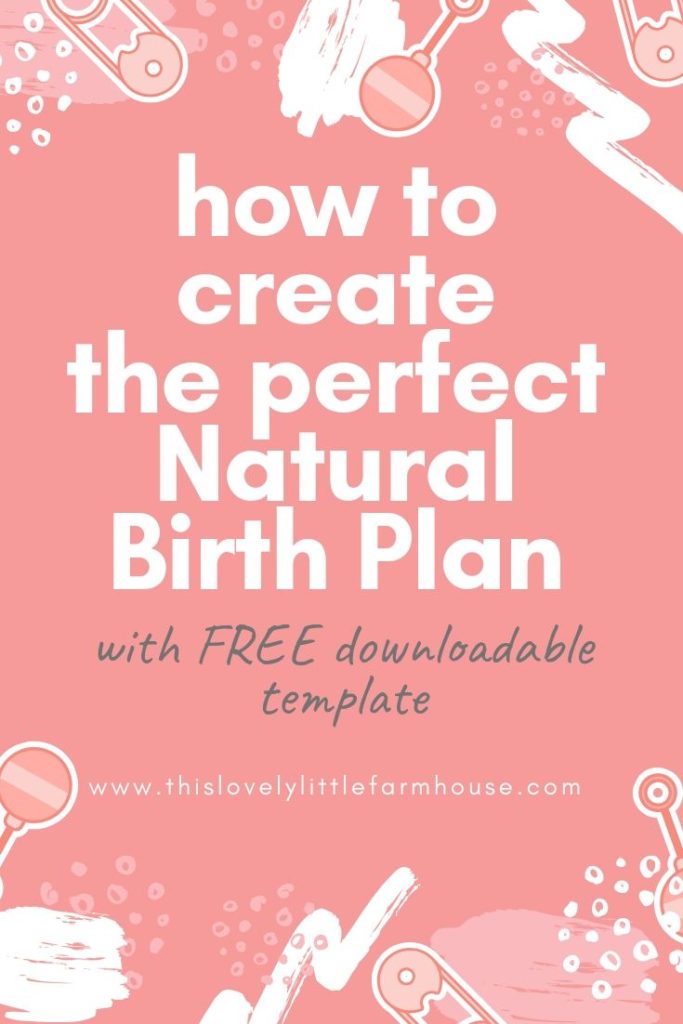
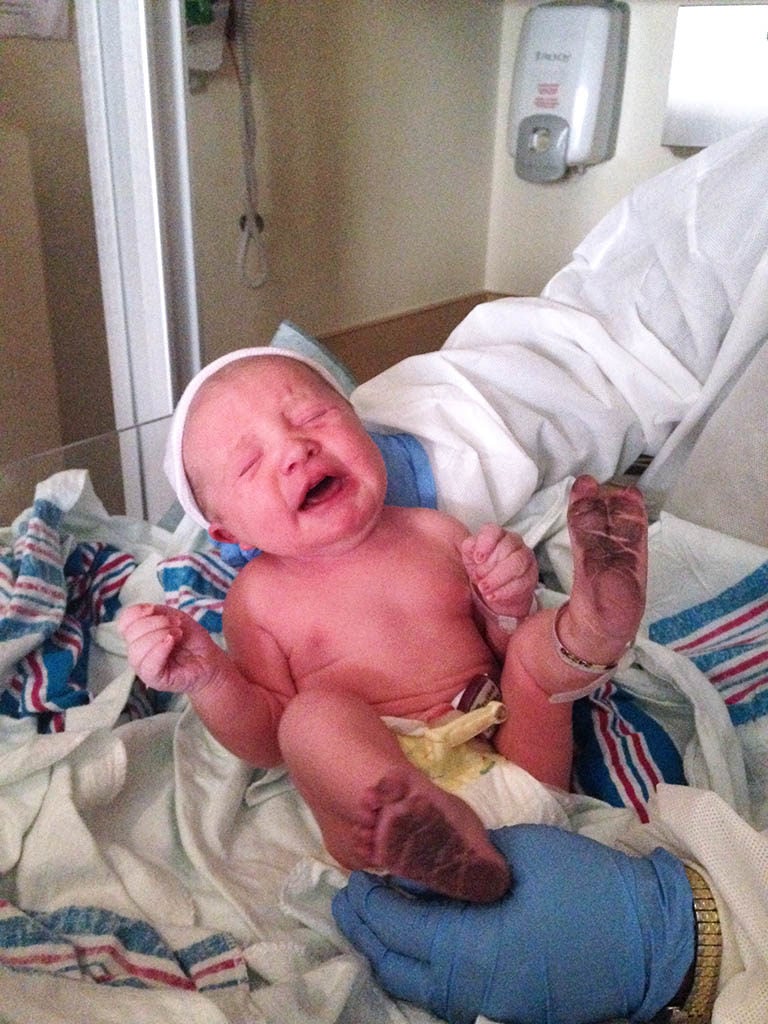
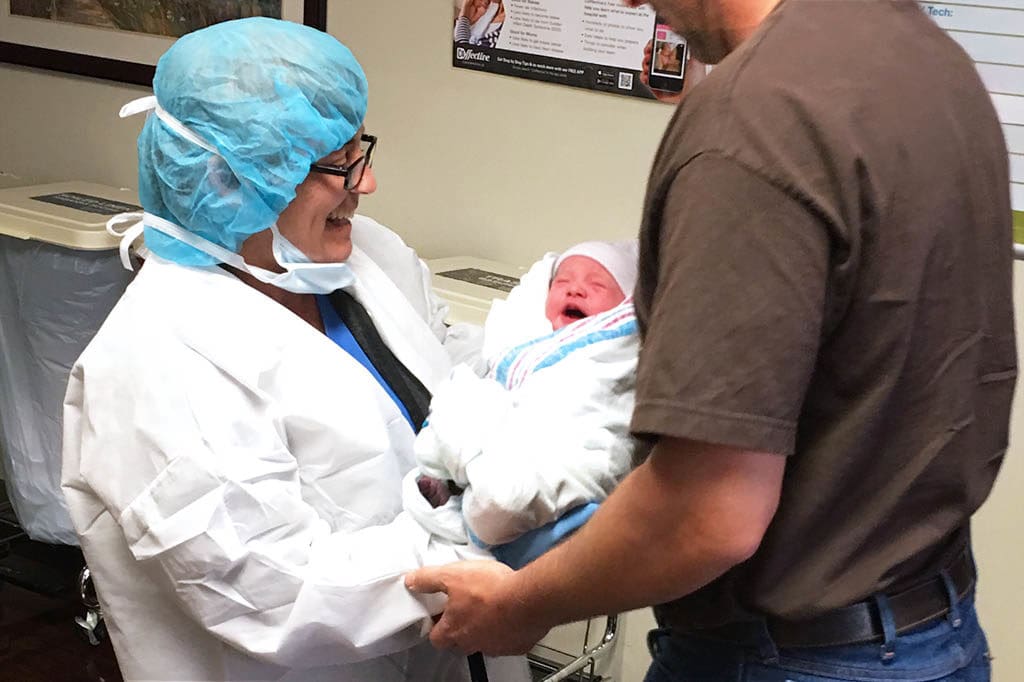



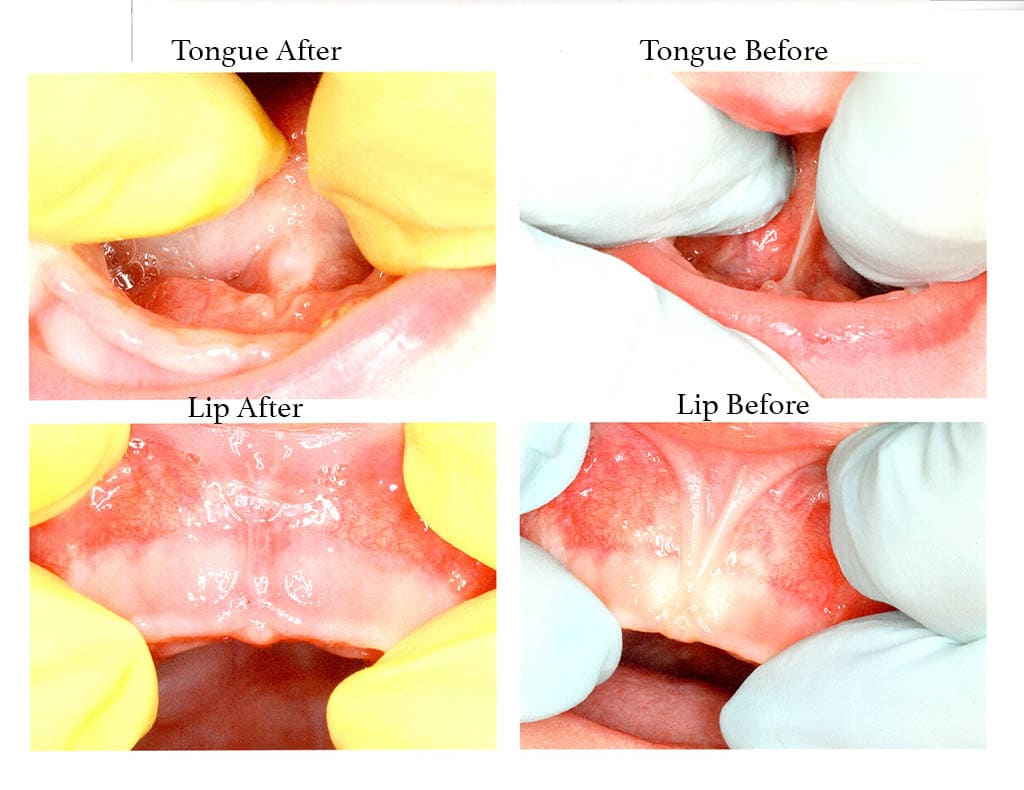

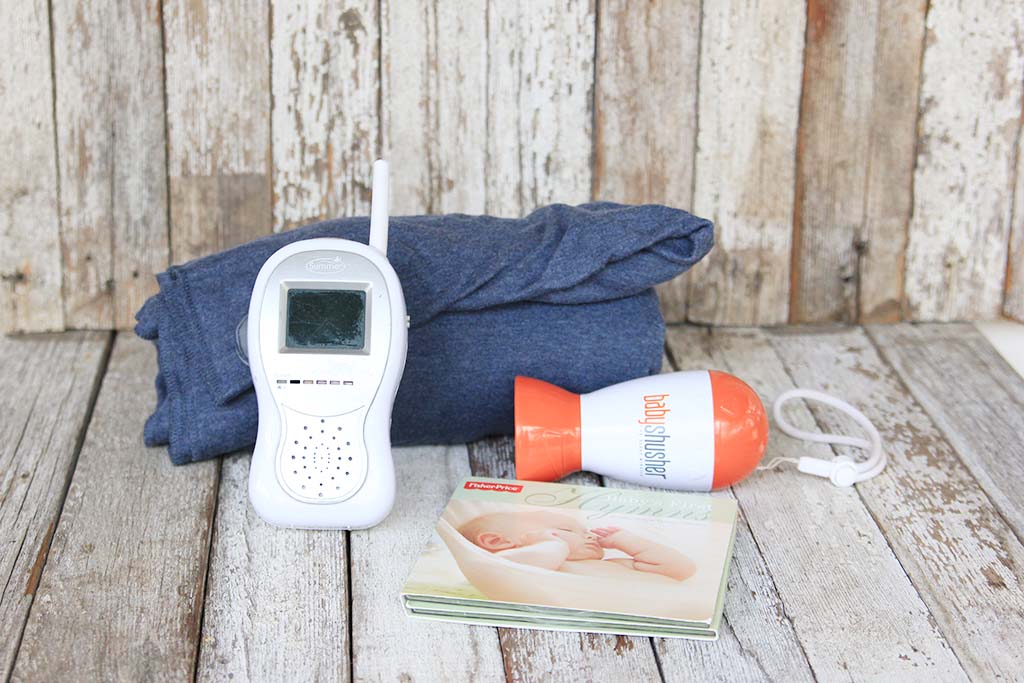

Saving this post to read again! So helpful – I’m expecting my first baby and hoping for a more natural route. Thank you for sharing this information!
I’m so glad it was helpful and congratulations! I’m about to have my second so I need to go back and review to make sure I don’t forget anything!
Hi!
Thank you soooo much for this post and all of the informational links that were included! I’m 36 weeks and am nervous about the L&D, especially since I want to have a natural and unmedicated birth. I found your article to be super helpful and I’m feeling much better and informed! Thank you!
I’m so glad it was helpful! One of the best things you can do is be as prepared and informed as possible for all of the different situations that can arise. Congratulations…you can do it!